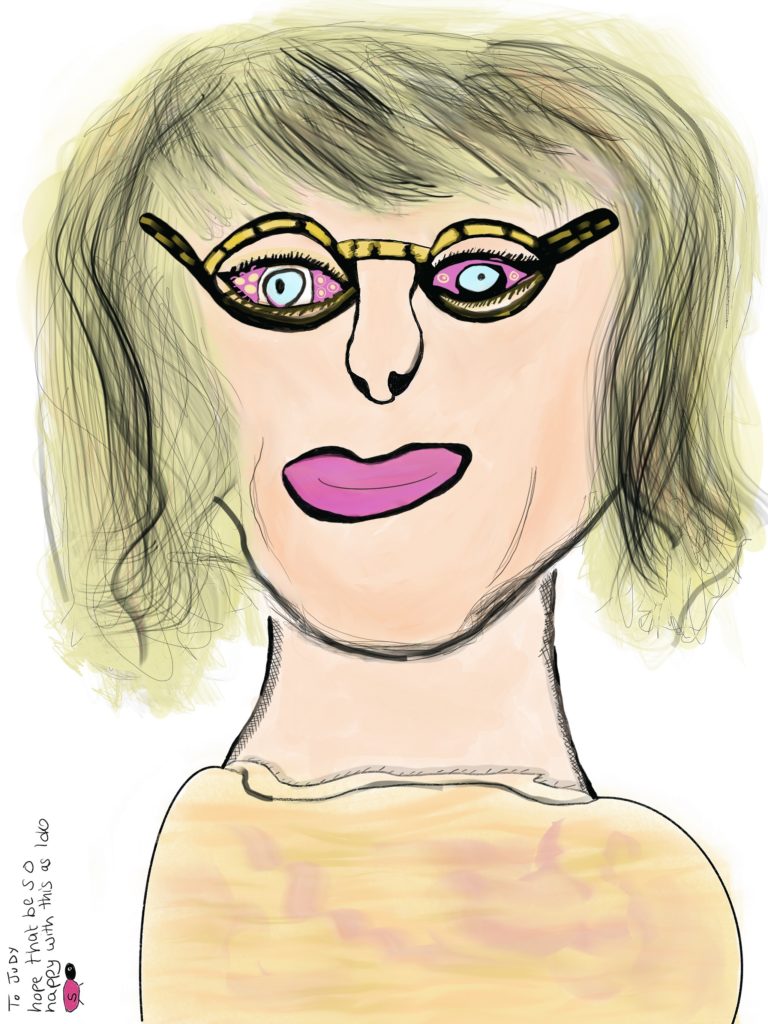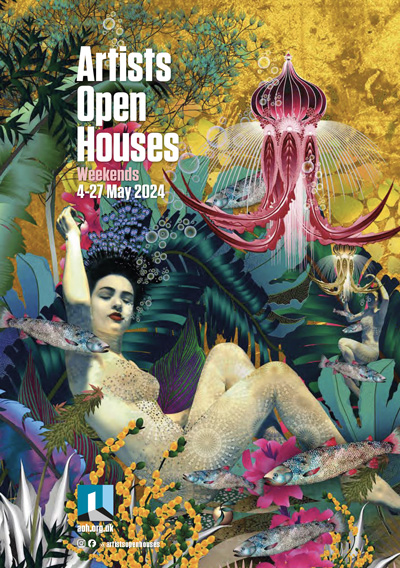We talk to Gil Doron about: Limbo at BMECP and catch up on Sarah Watson’s portraits

Hi Gil.
Your exhibition at BMECP is called Limbo. Could you tell us about the ideas behind this theme?
Limbo characterizes our present times, where Limbo conditions are, unfortunately, engulfing the lives of many of us. Since the Brexit referendum Britain has been in a state of Limbo, with British people, industries, universities and art institutes all affected by it. The UK economy was described as de facto in a state of Limbo.
EU nationals who live here are affected even more, not knowing if they will be able to stay here or will be forced to leave. The government’s austerity policies have also contributed to Limbo situations in the lives of many people – in particular those who depend on the new system of Universal Credit.
Limbo is a word used by many asylum seekers to describe their conditions throughout the process of trying to gain refugee status. The government’s shameful polices on migration also put the lives of thousands of families from the Windrush generation into a state of Limbo.
I was interested to see how all these situations are manifested through various art mediums and practices.
How did you select the artists who are taking part in Limbo?
The artists were selected through an open-call and although we received many more applications than the 35 artists that are in the exhibition, we chose the ones that were best fitted to the theme and with the highest quality of work.
I must say that I was surprised by the diversity of the work and the interesting angles on the issue of Limbo conditions, situations and places. We received many engaging and personal works that relate to mental health, to the artists’ racial, cultural and national identities and also to self-discovery and sexuality, as well as works which have a more direct reference to Limbo conditions as a result of the UK government policies.
Can you tell us about your own work in the exhibition and what has influenced it?
One of my works, which is preeminently on display at the BMECP centre, is the New Union Flag (2014-present), which was exhibited in the past at Tate Modern, the South Bank Centre, Turner Contemporary and many other places in the UK. The work is not specifically about Limbo, but refers to a related concept of ‘in-between’. The New Union Flag is a modification of the Union Jack, reflecting on and celebrating the UK’s cultural diversity, which has been created through 2000 years of migration to these isles. The other work, Present Absentees (2019), deals with the issue of internally displaced persons (IDP’s) in Israel. Present Absentees are Palestinians who fled or were expelled from their home in Mandatory Palestine by Jewish or Israeli forces, before and during the 1948 Arab-Israeli war, but who remained within the area that became the state of Israel. They are regarded as absent by the Israeli government because they were absent from their homes on a particular day, even if they did not intend to leave them for more than a few days, and even if they left involuntarily. IDP’s homes, property and lands were seized by Israel. 274,000 Arab citizens of Israel (1 out of 4) are IDP’s. The work was created during a recent Artists’ Residency at Umm El Fahem Gallery in Israel.
Do you have any workshops or participatory events happening during the festival period?
The exhibition has so far included a wonderful portrait workshop by the artist Sarah Watson, as well as artists’ talks and film screenings. This Saturday EuroMernet, who is in partnership with SEAS, will have a film night in which the film The Time That Remains, by the Palestinian director Elia Suleiman, will be shown. The film was described in the Guardian newspaper as “a cool, controlled minor masterpiece”. On Sunday we will have the closing party from 3-5pm with talks by several of the artists.
 Sarah Watson’s on-the-spot portrait of AOH Director Judy Stevens
Sarah Watson’s on-the-spot portrait of AOH Director Judy Stevens
See more about Sarah’s ‘Face Watson’s live portraits here
Can you explain, briefly, about both SEAS and BMECP and their separate aims and ambitions?
The Black and Minority Ethnic Community Partnership (BMECP) center is a place that gives an organisational infrastructure and spaces to ethnic minorities in Brighton and Hove. It offers affordable and welcoming spaces for the community’s related business, for training, meetings and cultural events. Socially Engaged Art Salon (SEAS) is one of them. SEAS is a space for exhibitions, events and workshops all related to social issues. It is open to all, but also actively promotes artists from disadvantaged backgrounds, BME artists and artists with disabilities. SEAS is also the regional space of UK’s Social Art Network and has collaborated with many related organisations such as Platforma – Art + Refugees, Sanctuary on Sea and the Migrants English Project. I am proud to say that after two years of hard work SEAS is now supported by Arts Council England and is launching a monthly programme of exhibitions. In June we are hosting a wonderful programme of exhibitions and talks for Refugee Week and in August we will be hosting a Brighton & Hove Pride exhibition with many local and international artists.
To follow the events please like us on social media.
Facebook: https://www.facebook.com/pg/SEAS.Brighton
Twitter: https://twitter.com/brighton_seas
Instagram: https://www.instagram.com/seas_brighton/
Website: www.seasbrighton.com
Website: www.seasbrighton.com


